The nature of May Project has changed, and that is OK
Midway Staff
Editor-in-Chief Clare O’Connor argues that May Project should be viewed as an opportunity for students to take advantage of being a high schooler for their last days, whether that entails a project of rigor and academic value or not.
May 31, 2022
The front page story of the U-High Midway from May 13, 1969, describes a new opportunity for seniors dubbed “May Project.”
“The project was developed last summer by students, faculty and administrators in an effort to make the end of senior year — traditionally a “slump”… — of new educational value,” the story reads.
Today, many seniors don’t seem to receive much of the “educational value” intended by May Project, but that shouldn’t matter. May Project should give students a robust final opportunity to take advantage of being a high schooler. For some that means focusing on an academic venture, but for others that could mean traveling with friends, learning to cook, spending time outside or trying a new hobby.
May Project in 1969 was heavily focused and regulated: a faculty committee reviewed every project request, some classes only gave seven-eighths of a class credit to seniors who chose to participate, and all participants had to attend a weekly seminar at the school to present their progress and have their work evaluated.
In the years since, May Project has become a U-High institution, but the tradition looks very different today. All seniors expect to participate in May Project. Many students joke that seemingly substanceless projects have been approved and complain about staying in class while some seniors go on school-sanctioned vacations.
The Midway has published multiple opinion articles about the deterioration of May Project in the past. Some students even openly flaunt their “low-effort” projects. May Project has become a beloved U-High tradition, but it’s also become a shared joke — and that’s not so bad.
May Project has become a beloved U-High tradition, but it’s also become a shared joke — and that’s not so bad.
— Clare O'Connor
U-High is demanding. Many students struggle with homework load and time management. The beginning of senior year is especially draining as seniors take on leadership roles, navigate college admissions and try to keep up in challenging classes. At the end of four years, most students haven’t had enough time to fully embrace this unique period of their lives.
The coronavirus pandemic recontextualized the value of May Project for current students. May Project is an opportunity to supplement all of the time lost to mandated isolation. The pandemic also displayed the importance of seemingly trivial activities, even outside of COVID-19 isolation. Joy, relaxation and socialization are critical for all adolescents’ development. The recent public health crises made this more clear.
The greatest problem with May Project is its presentation. We shouldn’t feed into the joke by claiming that a student working 9-5 for their May Project is having the same experience as someone traveling to the beach. However, we also shouldn’t claim one is inherently better.
Non-seniors have a lot of time to think about their projects. Use that time to think about what you want out of your high school experience you aren’t getting at Lab. Don’t mock others’ May Projects as too relaxed or trivial. The school community should embrace how May Project has evolved, and this new understanding should guide how May Project manifests in the future.



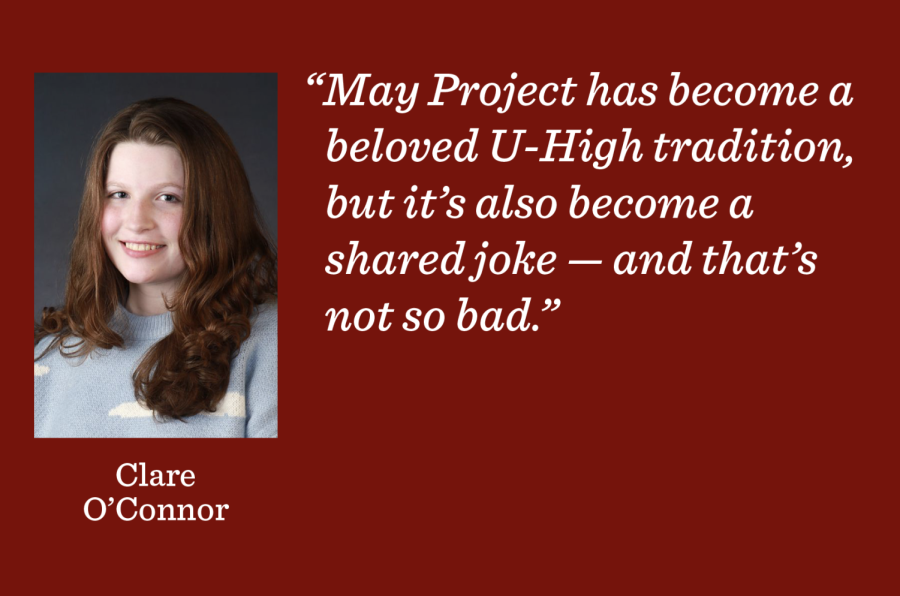



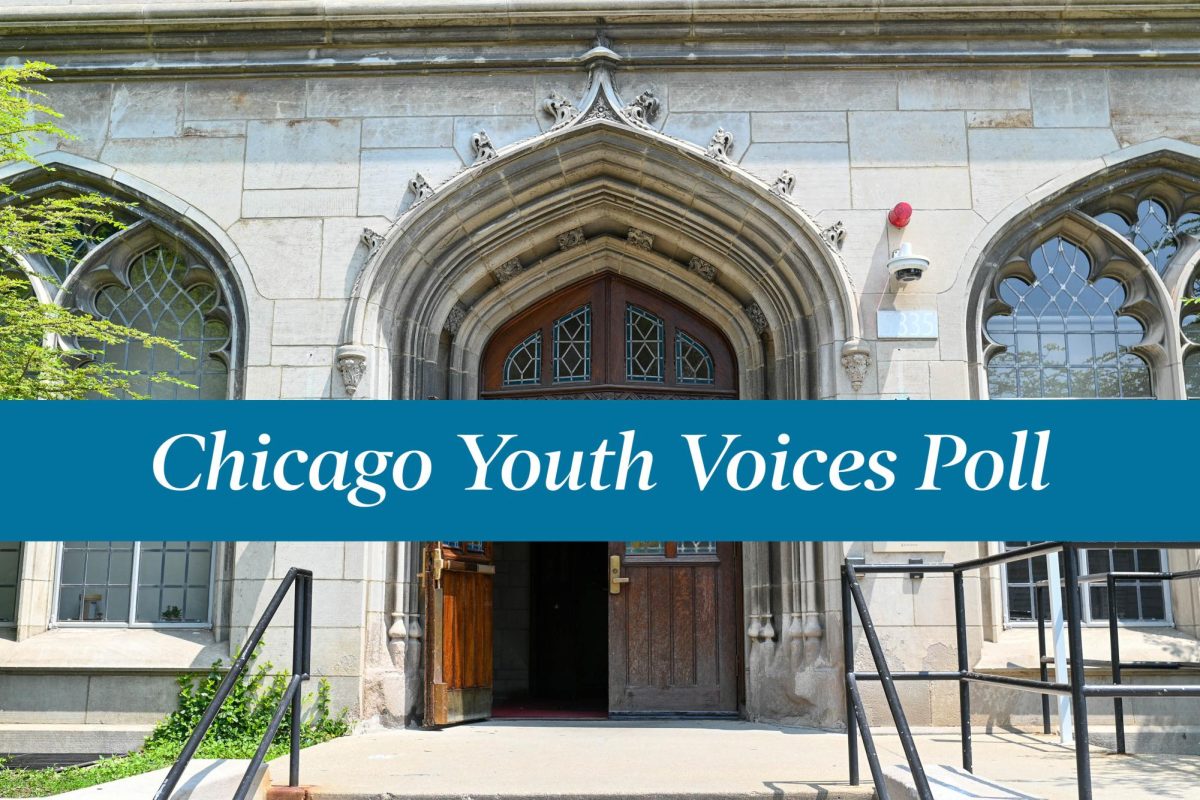


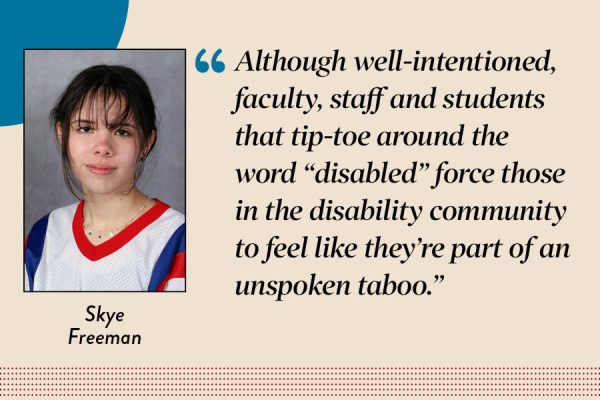

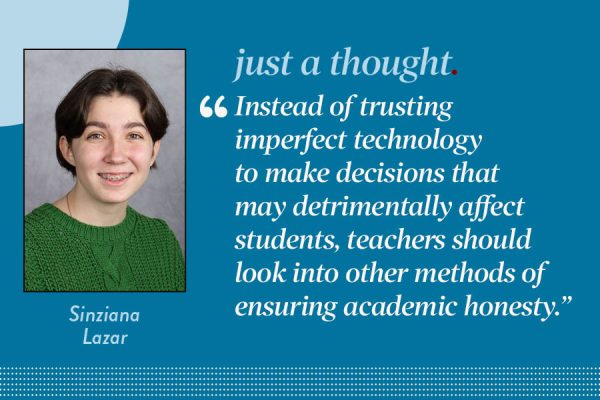

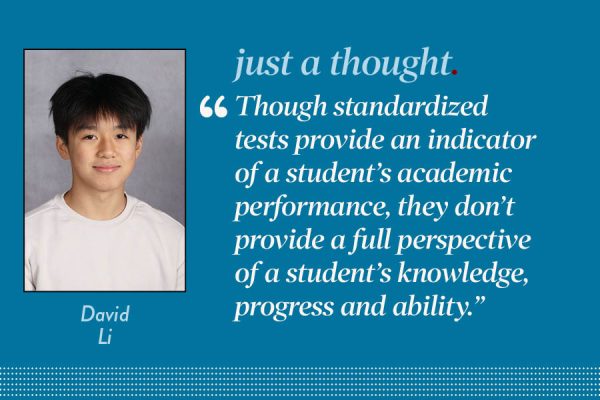
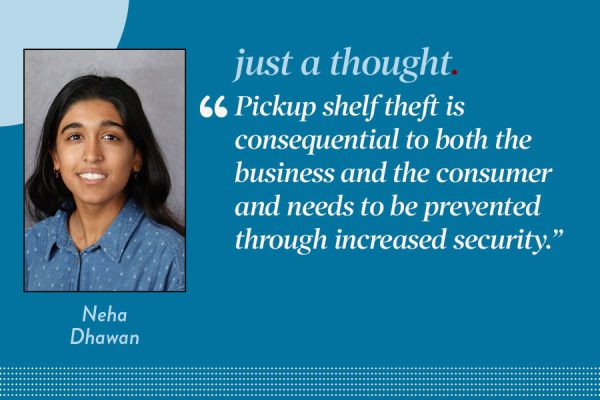
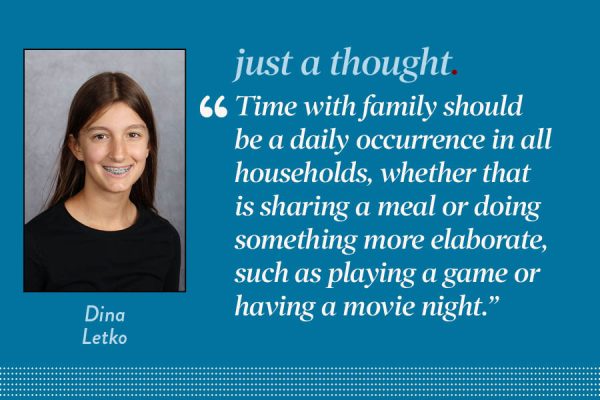

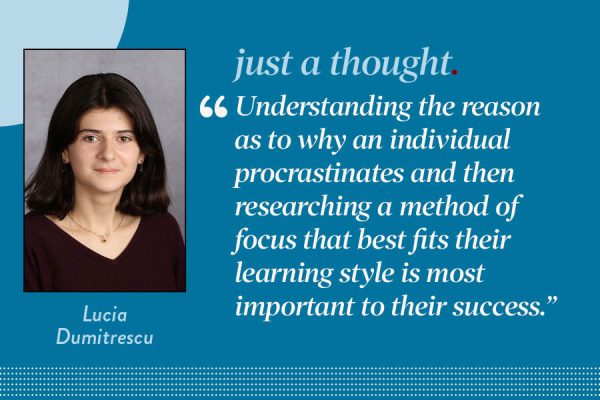
J.Alvarez • Jun 1, 2022 at 2:17 pm
Very well said! May Project as is, has a very important role. Let’s all celebrate Seniors.